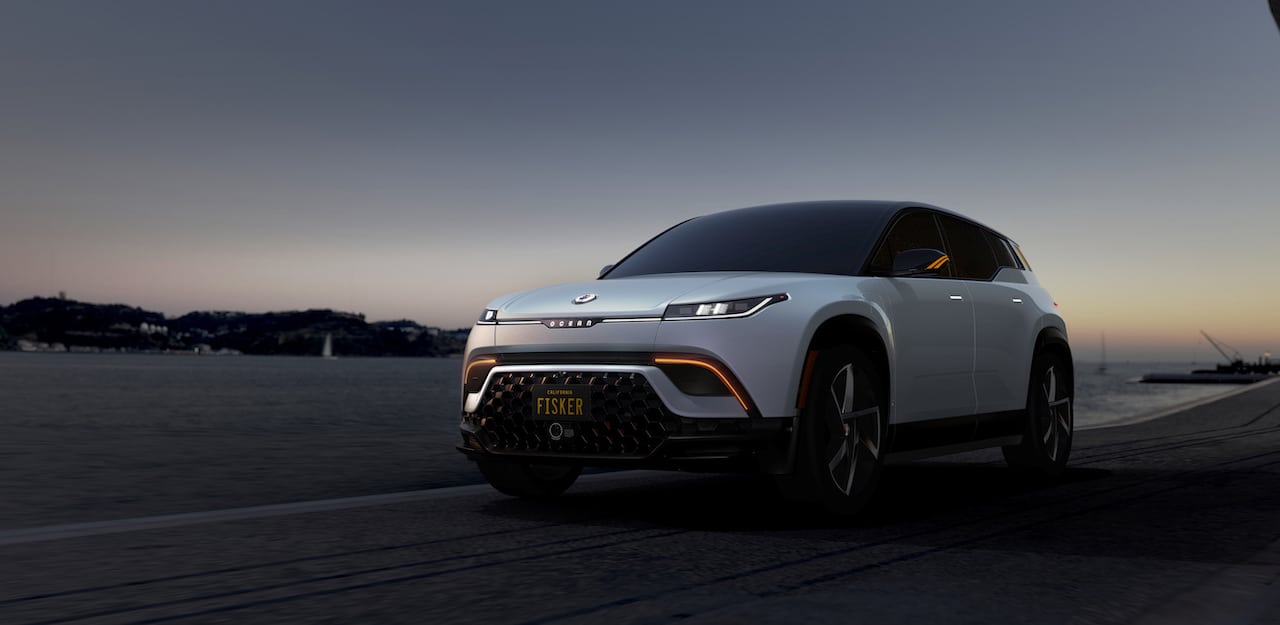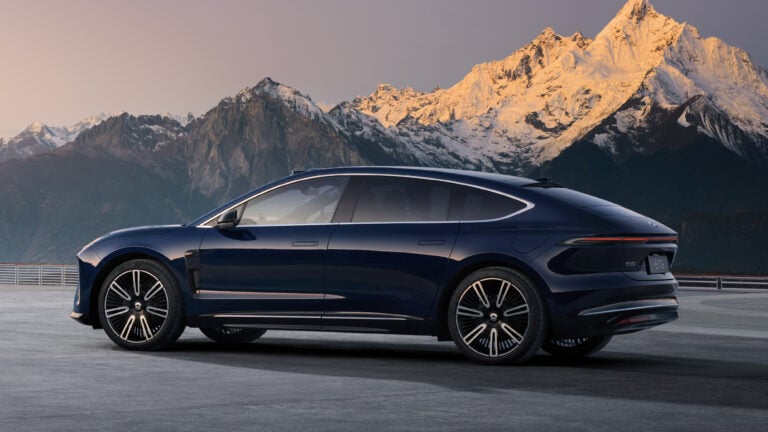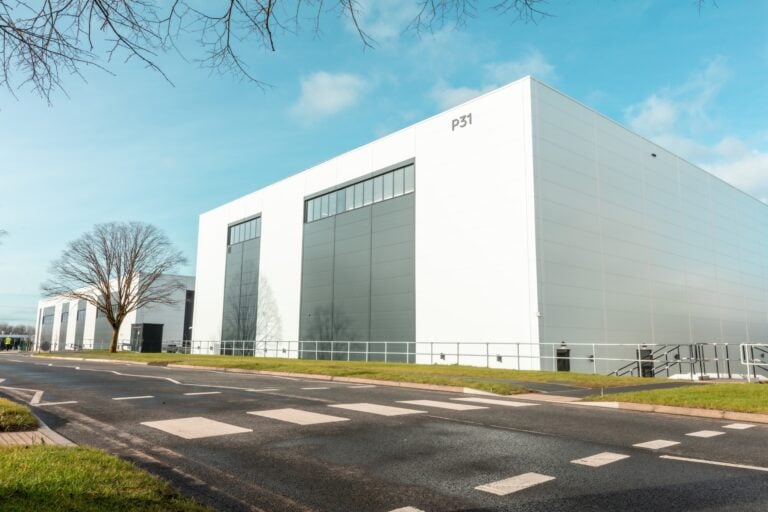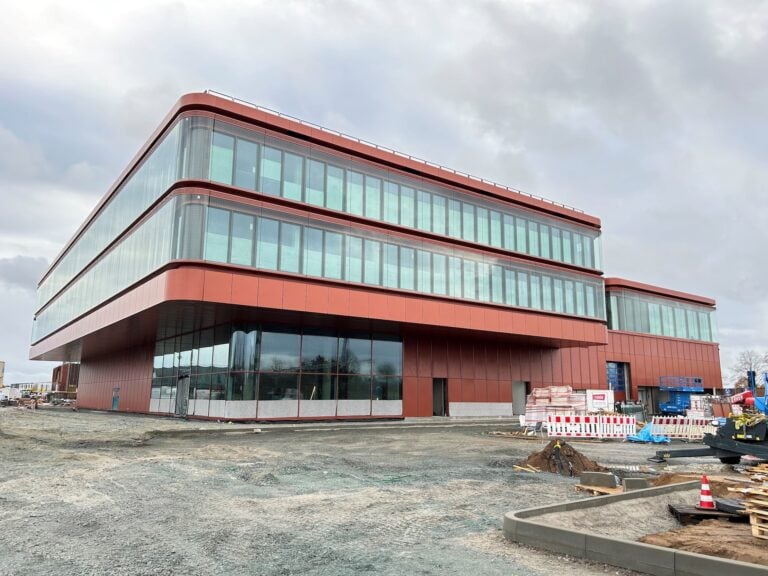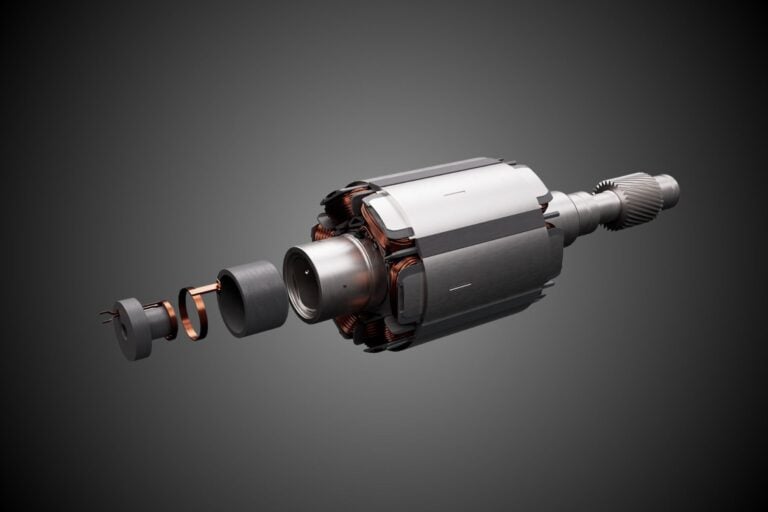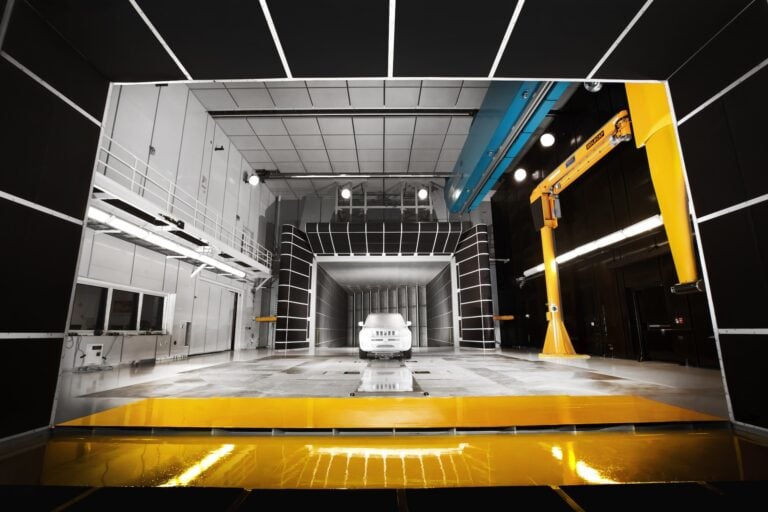Fisker showcased the all-electric Fisker Ocean SUV at CES in Las Vegas, following the vehicle’s global reveal at the 2021 Los Angeles Auto Show
LAS VEGAS – Fisker Inc. (NYSE: FSR) – passionate creator of the world’s most sustainable electric vehicles and advanced mobility solutions – is showcasing its Fisker Ocean all-electric SUV at CES in Las Vegas, highlighting the vehicle’s state-of-the-art Advanced Driver Assistance System (ADAS).
Called Fisker Intelligent Pilot, the ADAS platform integrates four types of sensors: an industry-leading surround-view camera suite, a camera-based driver-monitoring system, ultrasonic technology, and a Digital-Imaging Radar System that Fisker expects will be first to market when the Fisker Ocean begins production in November 2022.
“Our asset-light, the rapid-product-development business model enables us to bring these state-of-the-art active safety systems to market earlier than our competition,” Fisker CEO Henrik Fisker said.
“Fisker Intelligent Pilot and Fisker Digital-Imaging combine reliable ADAS cameras with first-to-market 4D digital radars, giving owners industry-leading safety to go along with a $37,499 price for the Fisker Ocean Sport and over 350 miles of all-electric range for the top-of-the-line Fisker Ocean Extreme and Fisker Ocean One launch edition.”
The Fisker Ocean’s cameras are sourced from one of the market-leading suppliers and provide the latest-generation vision capability, with a front-facing 8-megapixel camera delivering the highest resolution currently available in a vehicle. The 360-degree camera system enables base-level object detection from proven technology used on tens of millions of vehicles globally.
Fisker’s industry-first, Digital Code Modulation-based radar system uses five units positioned around the Fisker Ocean to confirm and enhance what the cameras see. The system also provides an additional degree of perception in conditions of bad weather and excessive sun glare, and performance superior to analog radar systems. The Fisker Digital Radar, for example, can locate vehicles at 200 meters (656 feet) and pedestrians at 80 meters (262 feet).
The system can also better distinguish its surroundings in environments of high light-dark contrast, such as in tunnels and on bridges, and differentiate objects of varying sizes and speeds on highways, such as cars, trucks, and motorcycles. Additionally, Fisker Digital Radar can separate objects from backgrounds and detect low-lying roadway obstructions.
With its features working together, Fisker Intelligent Pilot’s perception stack with camera and radar sensor fusion makes better decisions at highway speeds, in city traffic, and in poor weather.
To ensure that the driver is attentive when the system is engaged, Fisker Intelligent Pilot uses an A-pillar-mounted interior camera that monitors for drowsiness and concentration.

